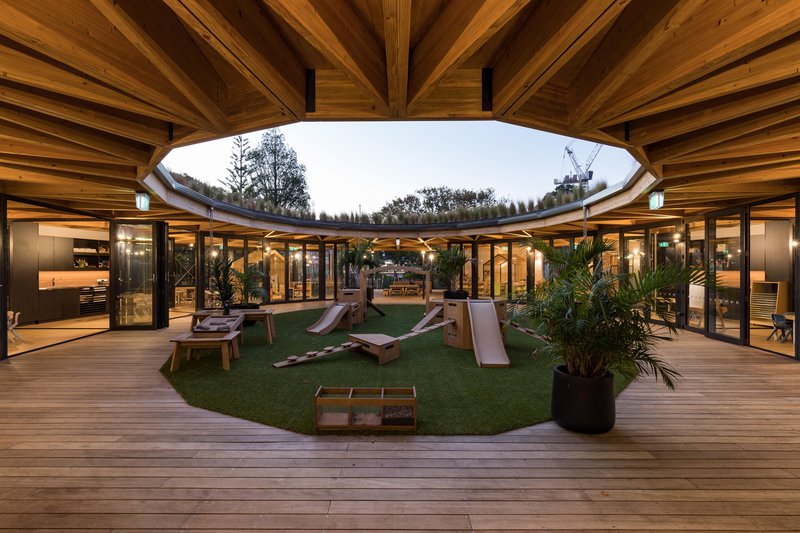These webinars explore performance-driven design for architects — the first focuses on selecting the right fire protection systems to confidently specify natural timber in compliant, sustainable façades and interiors, while the second examines how acoustics and indoor environmental quality shape flexible, inclusive learning environments.
Healthy Buildings: Light, Thermal Performance, Coatings & Wellbeing
Part Two

 CPD Points
CPD Points
20.00 NZ Registered Architects Board Points 2.00 Licensed Building Practitioner - Design 1 Points 2.00 Licensed Building Practitioner - Design 2 + 3 Points 2.00 Australian CPD ACT-SA-NT Points 2.00 Australian QLD - NSW - VIC - TAS - WA Points
 Presented By
Presented By
Teulo Ed
Event Description
Zone Architectural Products |Jonathan Rugg
Synopsis: FireZone coatings and Fire Retardants for timber and other substrates
Natural timber should be the default not the workaround. This session shows how FireZone makes that feasible at scale: Vanguard FP (fully penetrating) and F1E (advanced intumescent) for Type A façades that keep the authentic timber aesthetic, alongside FireZone 92, FireZone 52, and Vanguard SP (for moisture-rich interiors) for commercial internal Group 1-S outcomes. We’ll clarify when to choose a film building coating versus a fully penetrating treatment, highlight the buildability pathways & myths (intumescent vs fire retardant), and outline the developer upside for medium and high-density projects, from preserving design intent to supporting unit-yield and market appeal. Above all, you’ll see how Zone’s R&D is driven by specifier desires to deliver natural-timber outcomes without defaulting to composites.
Key Learning Outcomes:
- Pick the right fire pathway for your design.
- Know where film-forming intumescent coatings (F1E / 92 / 52) vs fire retardant treatments (Vanguard FP / Vanguard SP) make the most sense - what it means for finish, detailing, and buildability.
- Lead with natural timber - outside and in.
- Develop façade, rainscreen, feature-wall, and interior strategies that keep real timber as the default for Type A façades and Group 1-S linings in medium- and high-density projects, without defaulting to composite lookalikes.
- R&D that follows specifier desires.
- See how Zone’s ongoing R&D co-develops solutions around what specifiers want, authentic timber appearance, proven fire performance, all-natural / low-VOC outcomes, and straightforward execution, so your design vision lands cleanly on site and with stakeholders. Our team can assist with project specific samples to help ensure expectations are met at all stages of the design process.
Colin Campbell | Global Concept Developer – Education Environments Saint-Gobain Ecophon
On Behalf of Potter Interiors
Synopsis: This session explores the evolution of learning environments from traditional, formal classrooms to dynamic, informal spaces that foster collaboration and inclusivity. We will examine the critical role of acoustics and indoor environmental qualities (IEQs) in creating successful Innovative Learning Environments (ILEs), supported by real-world case studies that demonstrate measurable benefits for student engagement and teacher well-being. Attendees will gain practical insights into applying a “rule of thumb” approach to acoustic design, ensuring compliance, flexibility, and sustainability in modern educational spaces.
Key Learning Outcomes:
- Explain why the shift from formal to informal learning spaces is essential and how acoustics influence collaboration and inclusivity in ILEs.
- Evaluate successful case studies to understand the impact of acoustic and environmental design on educational outcomes and user experience.
- Apply rule-of-thumb acoustic design principles to create sustainable, compliant, and effective learning environments.
